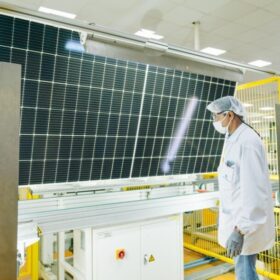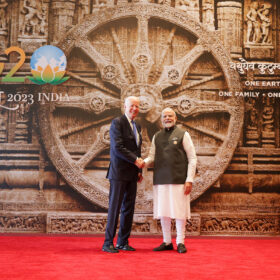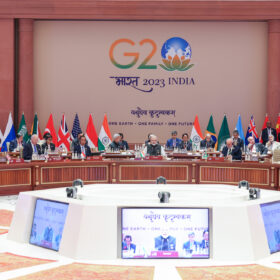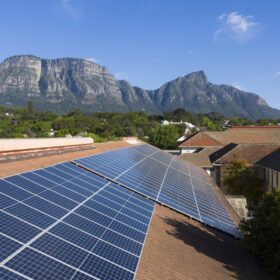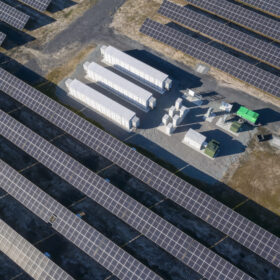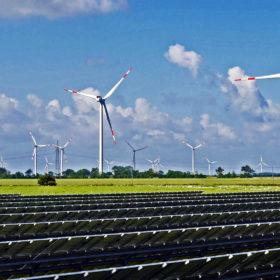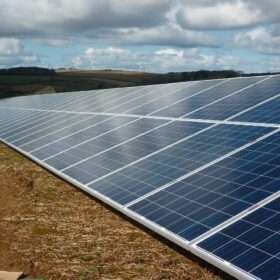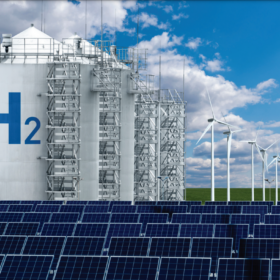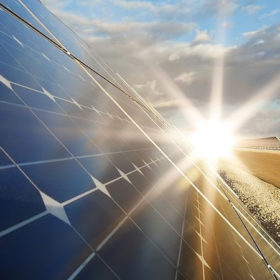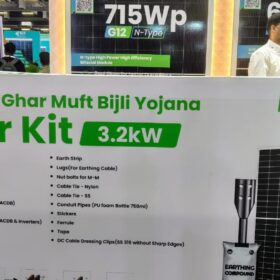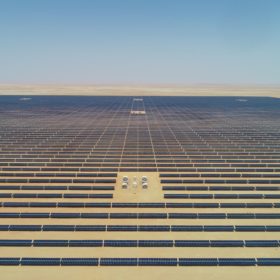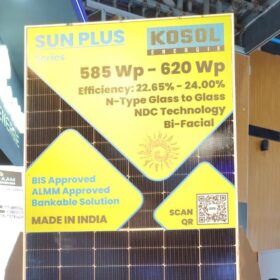DFC approves $425 million for Tata Power’s 4.3 GW solar cell and module fab
Tata Power’s greenfield 4.3 GW solar cell and module manufacturing plant in Tamil Nadu is expected to start PV module production by the year end.
India, USA to set up $1 billion renewable infrastructure investment fund
India’s National Investment and Infrastructure Fund and the U.S. Development Finance Corp. will provide up to $500 million each to anchor a $1 billion fund to support the deployment of renewable energy projects in India.
G20 to pursue tripling of renewable energy capacity globally by 2030
The leaders of G20 nations noted the climate finance requirements of developing countries. They agreed to work towards facilitating low-cost finance for energy transition in developing nations.
The importance of solar mini-grids in universalizing energy access
As solar energy becomes the most cost-effective form of energy generation in many countries, with clear climate, energy, and economic benefits, its acceptance and political support are growing. To enhance resilience and sustainability, strategies that incorporate a diverse energy mix, combining centralized and distributed renewable generation, are most effective, especially in underserved nations.
Cabinet approves viability gap funding scheme for battery storage development
Through the viability gap funding (VGF) scheme, the Indian government targets the development of 4 GWh of battery energy storage systems (BESS) by 2030-31. The selection of BESS developers for VGF grants will be carried out through a transparent, competitive bidding process.
REC raises $1.15 billion in syndicated term loans in August
The state-owned power finance company will utilize the proceeds to fund power, infrastructure, and logistics sector projects.
Government considering viability gap funding, ALMM mandate for battery storage projects
The Indian government is considering financial incentives such as viability gap funding and green finance to encourage the adoption of energy storage systems in the country. It may also issue an Approved List of Models and Manufacturers (ALMM) mandate for battery storage systems for power sector applications.
IREDA, IIFCL team up to finance renewable energy projects
Indian Renewable Energy Development Agency Ltd (IREDA) and India Infrastructure Finance Co. Ltd (IIFCL) will engage in co-lending and loan syndication for all categories of renewable energy projects.
Andhra Pradesh requires $10-15 billion to achieve green hydrogen capacity of 500 ktpa by 2030
Andhra Pradesh requires an estimated $10-15 billion to achieve 500 ktpa green hydrogen capacity by 2030. Around 70% of this investment will be needed to create renewable energy infrastructure such as solar and wind power generation plants, with the balance for electrolyzer capacity additions.
International Solar Alliance convenes meeting of regional committee for Latin America and Caribbean region
The Fifth Meeting of the ISA Regional Committee for Latin America and the Caribbean Region took place this week, convened by the International Solar Alliance (ISA). Its primary objective was translating ambitious solar energy goals into concrete results while addressing pertinent regional issues. The meeting was presided over by Tania Masea, vice minister for new […]
